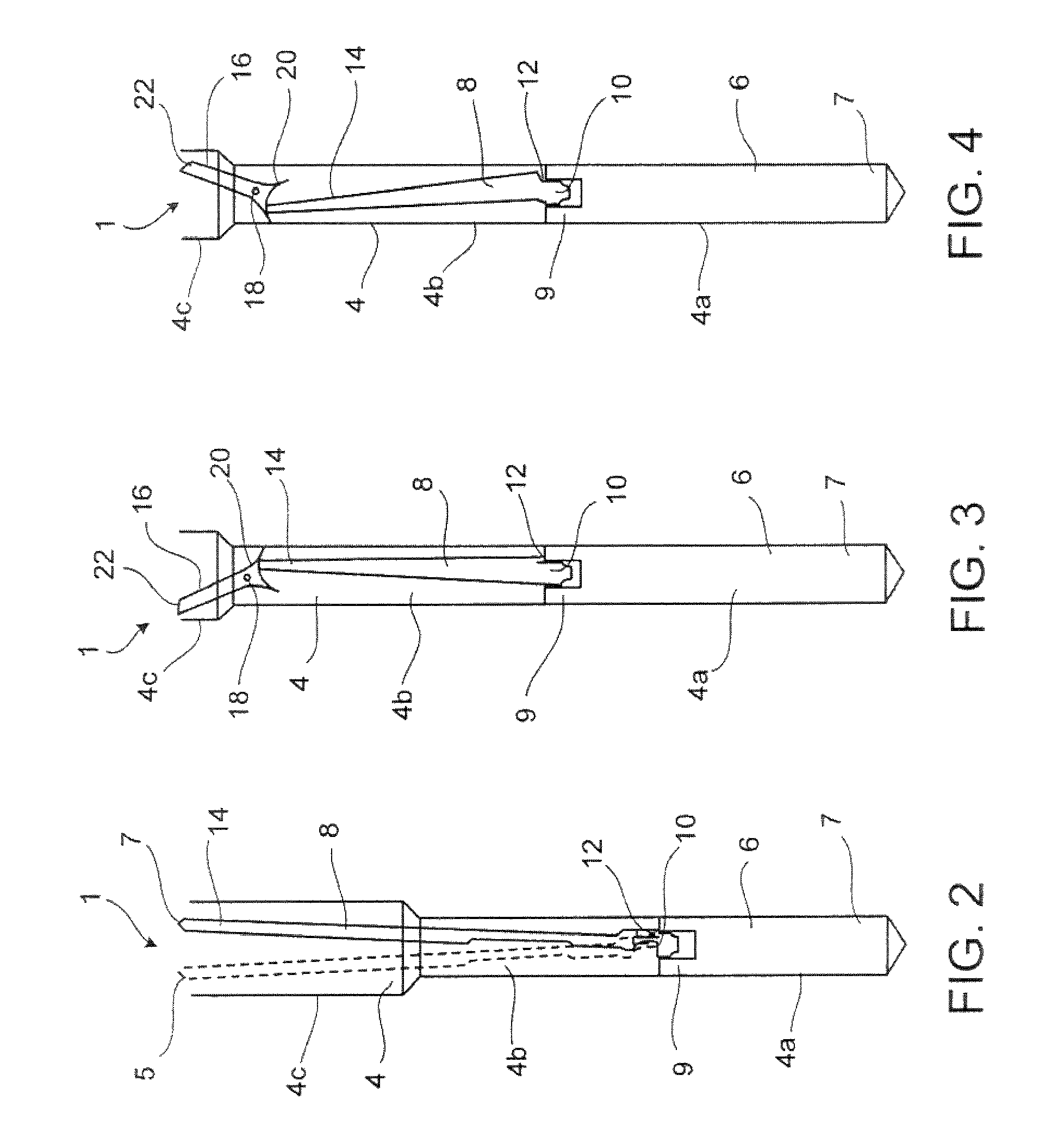Indicating fastener loading
a technology of fasteners and indicators, applied in the direction of screws, instruments, force/torque/work measurement apparatus, etc., can solve the problems of increasing load, reducing the range of movement, reducing the degree of clearance of the first lever, and achieving the proper fastener loading (tension) and maintaining this loading once the system is placed in servi
- Summary
- Abstract
- Description
- Claims
- Application Information
AI Technical Summary
Benefits of technology
Problems solved by technology
Method used
Image
Examples
Embodiment Construction
[0076]The following description is of example implementations of the invention only, and is not intended to limit the scope, applicability or configuration of the invention. As will become apparent, various changes may be made in the function and arrangement of the elements described in these implementations without departing from the scope of the invention as set forth herein.
[0077]In accordance with various aspects of the invention, a load indicator includes a housing or “cartridge” housing or connecting various indicator elements. The housing or cartridge may be temporarily mounted to the head of a fastener or may be permanently mounted within a fastener bore to measure the tensile load of the fastener. The cartridge includes first and second moveable members or “levers” that interact to provide an amplified response to the elongation of the fastener to provide a visual indication along a visual scale.
[0078]While described here in the example context of a bolt, it should be appre...
PUM
 Login to View More
Login to View More Abstract
Description
Claims
Application Information
 Login to View More
Login to View More - R&D
- Intellectual Property
- Life Sciences
- Materials
- Tech Scout
- Unparalleled Data Quality
- Higher Quality Content
- 60% Fewer Hallucinations
Browse by: Latest US Patents, China's latest patents, Technical Efficacy Thesaurus, Application Domain, Technology Topic, Popular Technical Reports.
© 2025 PatSnap. All rights reserved.Legal|Privacy policy|Modern Slavery Act Transparency Statement|Sitemap|About US| Contact US: help@patsnap.com



